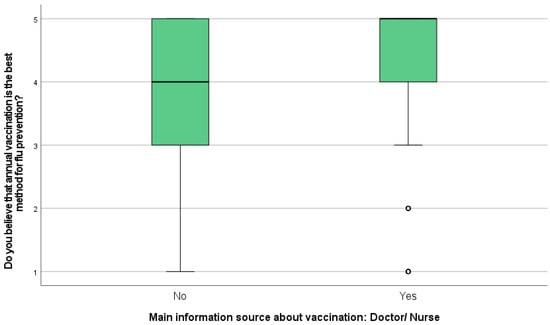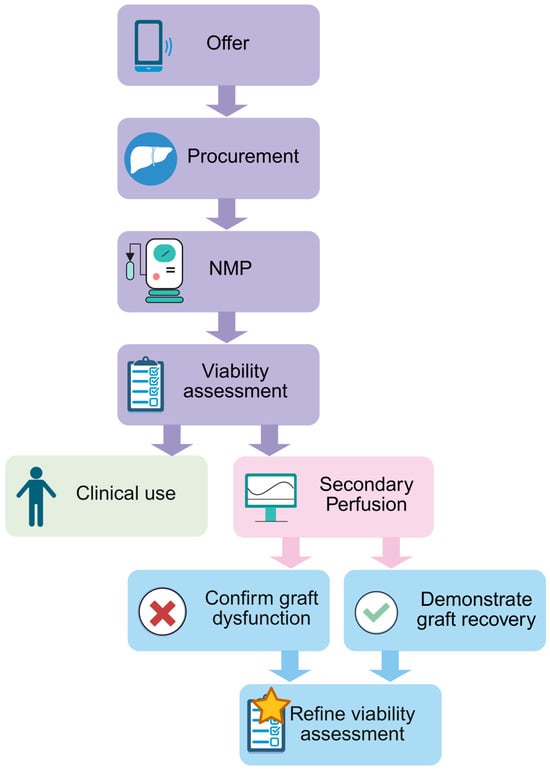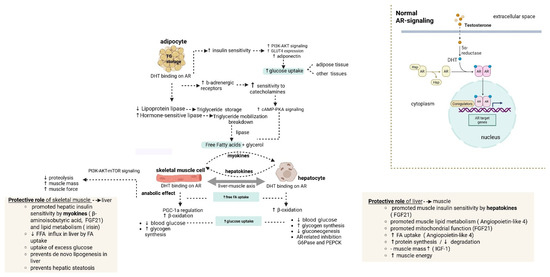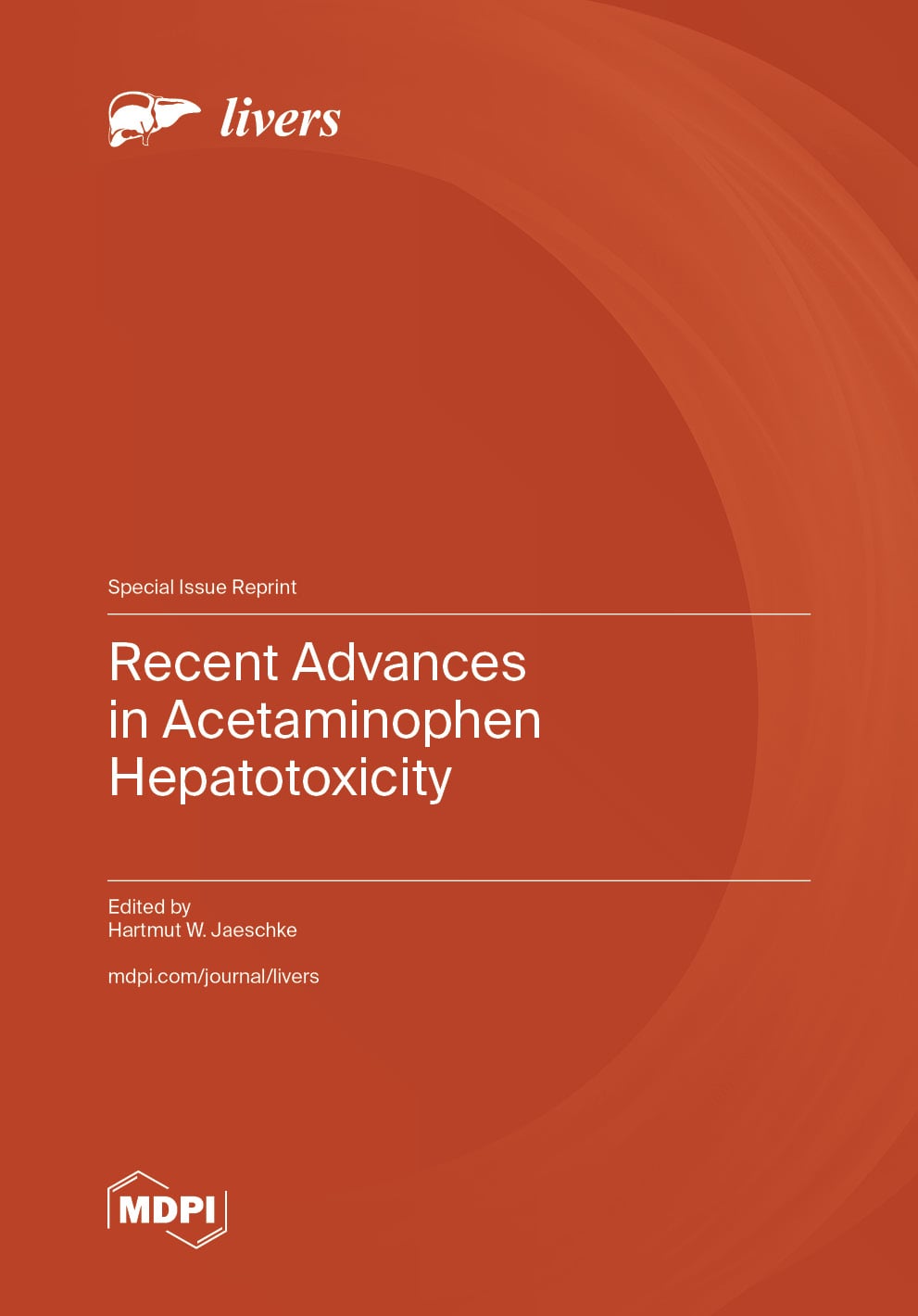- Article
Examining Vaccination Coverage in Patients with Diagnosis of Chronic Liver Disease and Cirrhosis: A Cross-Sectional Study in Greece
- Paschalina Dafnou,
- Ioannis Elefsiniotis and
- Theodoula Adamakidou
- + 5 authors
Background/Objectives: Seasonal influenza, pneumococcal disease, and COVID-19 pose major public health challenges, particularly for individuals with chronic illnesses. This study examined vaccination coverage for influenza, pneumococcal disease, and SARS-CoV-2 among patients with chronic liver disease and cirrhosis and explored the sociodemographic and clinical factors influencing it. Methods: A cross-sectional study, conducted from March 2022 to July 2023 at two university hepatology outpatient clinics in Athens, Greece. The study population consisted of patients with a diagnosis of chronic liver disease (hepatocellular carcinoma and hepatitis) and liver cirrhosis. Results: A convenience sample size of 300 patients (age ≥ 30) participated. Regarding their vaccination, 88.3% were vaccinated against SAR-COVID-19, 44.8% against pneumococcus, and 54.7% against seasonal influenza this year. Patients’ belief that annual vaccination is the best method for influenza prevention was found to be significantly higher among older patients and those with comorbidities. Additionally, patients who had been vaccinated against seasonal influenza (this year or every year), against pneumococcus, or SARS-CoV-2 agreed significantly that annual vaccination is the best method for influenza prevention. In addition, patients who were informed about vaccination by their doctor/nurse agreed significantly more with that. Multiple logistic regression found that a four times greater probability of being fully vaccinated according to the national vaccination program was found in patients who were informed about vaccination by a doctor/nurse. Moreover, as patients’ age increased, so did the probability of being fully vaccinated. Conclusions: The study’s findings are significant and can be utilized within national public health initiatives and by healthcare professionals during patient interactions, ensuring that younger patients and those apprehensive about vaccine efficacy and safety receive focused attention to facilitate adherence to annual vaccinations and all vaccines included in national programs.
16 December 2025







